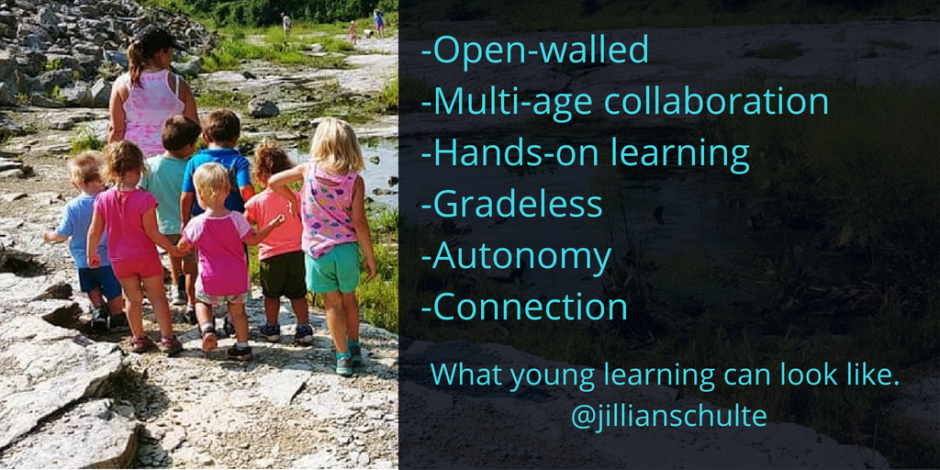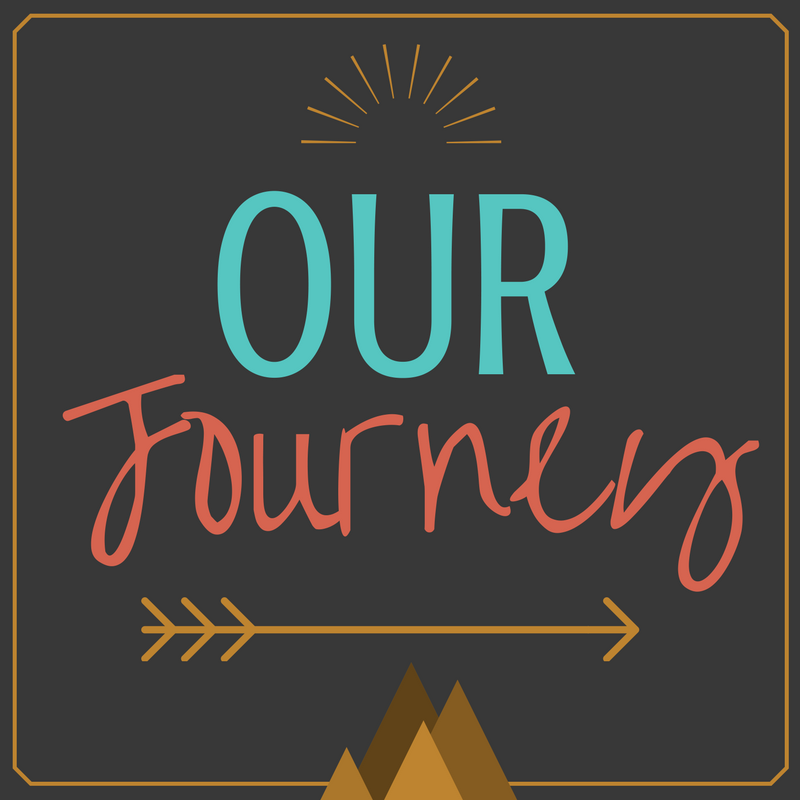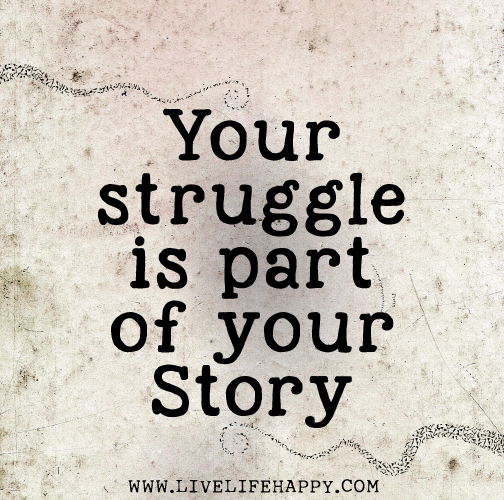This summer brought a roller coaster of emotions as I counted down the days until my 4 year old twin boys, Jax and Gunnar, would leave their amazing daycare setting and enter the world of public preschool. Their daycare provider, Sarah, is the most passionate, ambitious, generous and caring provider we could ever ask for. We hit the jackpot when we found her. She is a learner, she believes that young kids can, she believes in play as learning, and she puts those passions and beliefs into the learning that kids experience every day. I cried, I begged, and I pleaded my educational philosophy to her to see if she would change her mind about sending her clients onto preschool before Kindergarten. While I couldn’t change her mind, I reflected on why I believe so strongly that there is nothing that could surpass the experiences that my kids have had with her. I thought of these 6 things that I elaborate on below: open-walled, hands-on learning, multi-age collaboration, autonomy, gradeless, and connection.
Open Walled:
The community and community programming is a vital part of the “curriculum” in Sarah’s daycare program. My children had the opportunity to go on multiple learning experience trips each week outside of the daycare setting. Some of these trips include: story time at the library and other various locations, yoga, parks, nature centers and trails, mu seums, indoor play structures, and much more. The learning experience itself is fantastic and while they are out and about, the kids learn about the city in which they live! Multiple times a week as we are driving from place to place, my children point out various places that they have been with Sarah. Through these learning experiences, they also learn to adapt to different situations, different people, and seem to be less afraid of new settings. They leave the house in the hot summer, in the cold winter, in the rain, and in the snow because the community helps kids access educational experiences beyond what we alone can provide.
seums, indoor play structures, and much more. The learning experience itself is fantastic and while they are out and about, the kids learn about the city in which they live! Multiple times a week as we are driving from place to place, my children point out various places that they have been with Sarah. Through these learning experiences, they also learn to adapt to different situations, different people, and seem to be less afraid of new settings. They leave the house in the hot summer, in the cold winter, in the rain, and in the snow because the community helps kids access educational experiences beyond what we alone can provide.
Hands-on Learning:
 I’ll never forget when the boys came home talking about petting a stingray. They felt very brave and very excited. There are so many hands-on experiences that Jax and Gunnar have had with real objects in a real context appropriate for their age band. Most of the stories they read during the week are related to a theme that is integrated throughout their day and their day typically includes: community circle time, centers, stories, meals, rest, and lots and lots of play. One of things I admire the most about Sarah is her passion for play as serious learning. This is the number one way that they acquire new knowledge and skills– through play.
I’ll never forget when the boys came home talking about petting a stingray. They felt very brave and very excited. There are so many hands-on experiences that Jax and Gunnar have had with real objects in a real context appropriate for their age band. Most of the stories they read during the week are related to a theme that is integrated throughout their day and their day typically includes: community circle time, centers, stories, meals, rest, and lots and lots of play. One of things I admire the most about Sarah is her passion for play as serious learning. This is the number one way that they acquire new knowledge and skills– through play.
Multi-age Collaboration:
Full transparency- I cried when I saw this picture for the first time. Maybe it was because I was full of emotions after reading  What School Could Be by Ted Dintersmith, maybe it was because I knew that the boys’ time at Sarah’s was going to end shortly, or maybe it was because I just found something so beautiful in that moment. I shared this picture with an educator and dear friend of mine. We reflected on the multi-age, multi-ability collaboration that we saw. When I spoke with the boys about the experience on our way home, they talked about the cup tower falling down and building it again with a different plan. Every day my kids have the opportunity to collaborate with peers their own age, younger peers, and older peers. I value this very much. I have seen them grow in empathy as they talk about helping with the “cute baby,” or helping younger peers get their helmets, shoes, and coats on and off. They have also grown in their independence. They learned from those helping and modeling for them how to do many day to day tasks that make them more independent. Sarah could also just jump in and do these things for them, but she doesn’t. She has patience and honors their struggle through hard things in order to learn.
What School Could Be by Ted Dintersmith, maybe it was because I knew that the boys’ time at Sarah’s was going to end shortly, or maybe it was because I just found something so beautiful in that moment. I shared this picture with an educator and dear friend of mine. We reflected on the multi-age, multi-ability collaboration that we saw. When I spoke with the boys about the experience on our way home, they talked about the cup tower falling down and building it again with a different plan. Every day my kids have the opportunity to collaborate with peers their own age, younger peers, and older peers. I value this very much. I have seen them grow in empathy as they talk about helping with the “cute baby,” or helping younger peers get their helmets, shoes, and coats on and off. They have also grown in their independence. They learned from those helping and modeling for them how to do many day to day tasks that make them more independent. Sarah could also just jump in and do these things for them, but she doesn’t. She has patience and honors their struggle through hard things in order to learn.
Autonomy:
I often wonder what a day of school would look like if I had complete autonomy. Sarah has to follow certain guidelines as a registered daycare, and for the most part has autonomy. The day she gets to design and a day that public preschool teachers get to design look very different. This is not saying that public preschool is bad- my boys will be headed to public preschool in a few days, it’s just that this autonomy has allowed Sarah to design a day that infuses her passion, her expertise, and her deep understanding of each individual child and what is best for them. She extends that autonomy to the kids. Some of the learning experiences are designed for all, and other experiences are chosen by the child. They choose what they would like to do and for the amount of time that they would like to do it. My boys are very good advocates for themselves. They are great at making decisions, and know what they do and don’t prefer. This has helped them both academically and socially.
Gradeless:
When I first found out I was having twins, one my greatest fears was not “How am I going to feed them?” or “How will I pay for daycare?” My greatest fear was and still is that they will be compared to one another and the damage that it can cause. I know a heck of a lot about their day and about their growth and development despite not having a report card or standards that they should be aspiring to live up to. No rubrics or proficiency charts, just face to face conversations almost daily. Jax and Gunnar are very different. Jax loves to write and draw- he can color in the lines and can even write his name very legibly. Gunnar- not so much. Am I worried about Gunnar’s fine motor skills. Nope. Is Sarah concerned? Nope. They are two boys, the same age, the same family, the same school experience, and all throughout their life, they will acquire different skills at different times at different levels of mastery.
Connection:
Sarah’s families don’t come to her for a few years then say goodbye forever. We will remain a part of the amazing community of families that she has created. Sarah helps us stay connected through the private Facebook page. This page has allowed our families to connect and interact with each other and with our own children. I love being able to reference a photo and ask the boys specific questions about their day and experiences. This platform gives my extended family (the boys’ grandparents) the opportunity to feel more connected. This means so much to them as they don’t live in the same city, yet they know about what the kids experienced during their day. Though the days of going to Sarah’s every day has come to an end, I know that the connection will live on. It is important to Sarah and the families that she serves.

All of these things: open-walled, hands-on learning, multi-age collaboration, autonomy, gradeless, and connection are things that I am passionate about not just for young learners, but for all learners. Learning can look like this every day. As I reflect on my previous year and create my context for the year ahead, I am putting these at the forefront of my mind. I would love to know your ideas and experiences in providing these for all learners! I encourage you to share in the comments.






 I think it is amazing that Brady has been through this process three times. This time around, she chose to speak about connections between
I think it is amazing that Brady has been through this process three times. This time around, she chose to speak about connections between 
 This post!! I appreciate the raw emotion in Annick’s post. She was so brave in sharing connections she made to health and mental health in #IMMOOC Week 6. I am still very new at blogging and struggled at first when trying to decide how much of my personal side would come through in my “professional education” blog. We are human. Annick reminds us so beautifully of that. I also connect personally with this post, also suffering the loss of a child. I went directly from my 35 week growth check appointment where I was given devastating news, to my school. Why? Because I would be gone for the next several weeks and there were lesson plans to be done and people to take care of. Like Annick said, “we get attached to these kids, so naturally, we worry!” Thank you, Annick, for reminding me that sharing our personal journey helps us connect as educators AND as humans! I will always remember that! We owe it to ourselves and everyone around us to put our health first and take care of each other.
This post!! I appreciate the raw emotion in Annick’s post. She was so brave in sharing connections she made to health and mental health in #IMMOOC Week 6. I am still very new at blogging and struggled at first when trying to decide how much of my personal side would come through in my “professional education” blog. We are human. Annick reminds us so beautifully of that. I also connect personally with this post, also suffering the loss of a child. I went directly from my 35 week growth check appointment where I was given devastating news, to my school. Why? Because I would be gone for the next several weeks and there were lesson plans to be done and people to take care of. Like Annick said, “we get attached to these kids, so naturally, we worry!” Thank you, Annick, for reminding me that sharing our personal journey helps us connect as educators AND as humans! I will always remember that! We owe it to ourselves and everyone around us to put our health first and take care of each other.
 This past summer, I had the opportunity to facilitate Dr. Stephen Covey’s 7 Habits Signature Training. Through this journey, I had many moments of reflection and discussions with colleagues about Habit 7, the final habit taught in the process, called “Sharpen the Saw.” In short, this habit means that we need to make time to invest in our physical, mental, emotional, and spiritual well-being.
This past summer, I had the opportunity to facilitate Dr. Stephen Covey’s 7 Habits Signature Training. Through this journey, I had many moments of reflection and discussions with colleagues about Habit 7, the final habit taught in the process, called “Sharpen the Saw.” In short, this habit means that we need to make time to invest in our physical, mental, emotional, and spiritual well-being.




